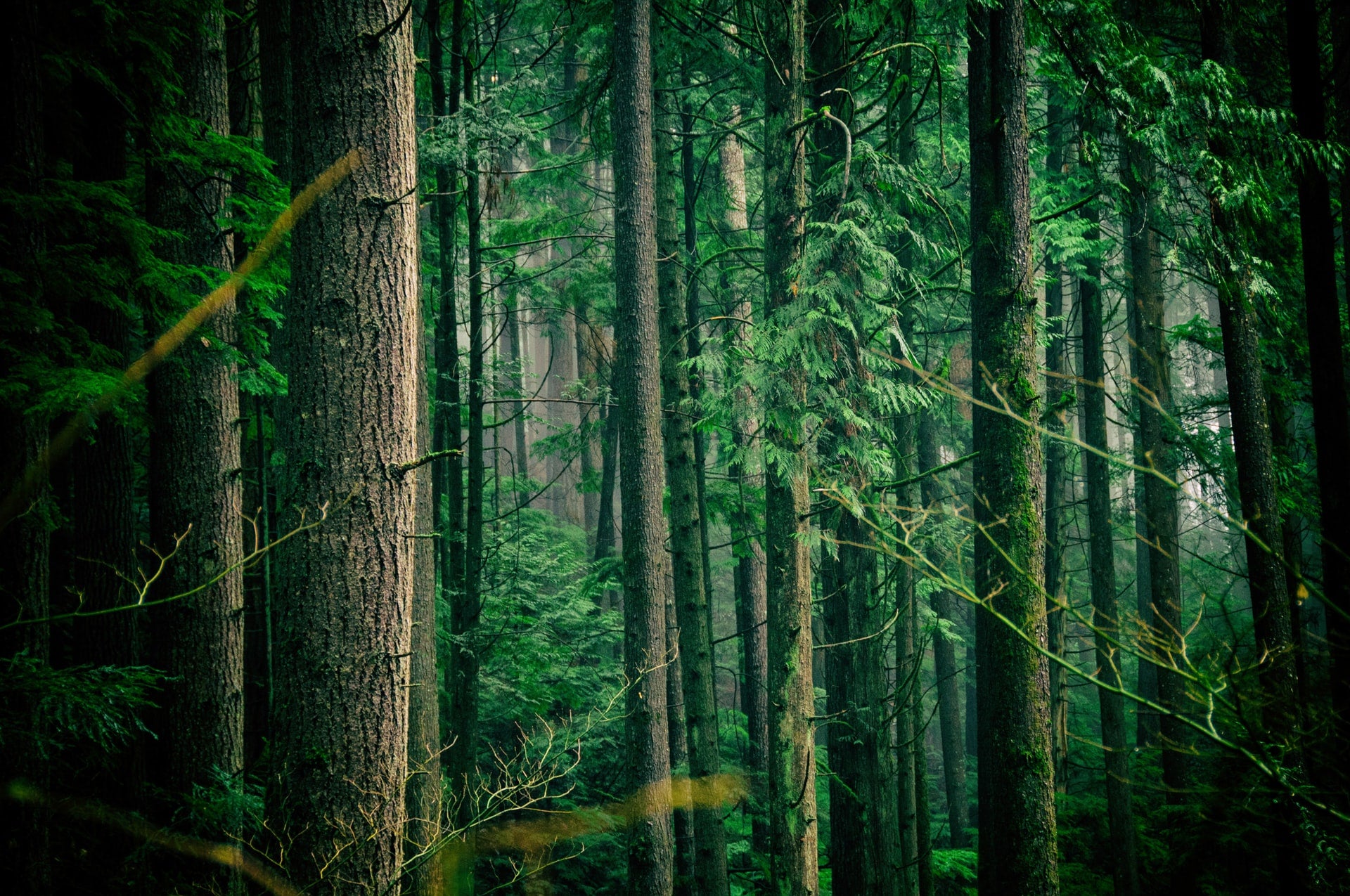Most likely, at some point you’ve sat under a tree for shade, picked its fruit (albeit from a Farmer’s Market or the grocery store bin) and sunk your teeth into the sweet fleshiness. Perhaps you’ve built a house in its branches, or climbed its limbs seeking a cozy spot. Which stump provided the perfect seating to read or think? Have you had the task of raking crisp, papery, freshly fallen leaves into a pile for play; or have the elements of a tree served as materials for a DIY project? Too often, my kites took on a mind of their own when they succumbed to the navigation of the wind and tangled themselves in the arms of its new owner. I could only stare upward.
I’m always searching for information that speaks to the science of words and how words influence our everyday lives. Scholars have done extensive neuroscientific research on words, the brain, and how words affect the way we connect with each other. And I’ve become intrigued with the research that shows that trees actually communicate with each other.
Did you know that trees work together, protect each other, warn each other of danger, and share nutrients? They are a complex web of unified and organized systems working together for the well-being of themselves and each other. I thought, if we could be more like trees; we as individuals, communities, and the world at large would be a much better place if we mimicked the behavior of trees. More interesting facts:
“…plants talk with each other in ways that are remarkably similar to humans”
“[plants] don’t use words, but they do have signaling receptors and pathways that are similar to the communication networks that occur in our brain”
“some plants use their vascular networks to send hormonal signals to other parts of the plant”
Scientists say that trees unite through their roots, forming a network almost like an underground internet – creating a system of sound, chemicals, and electricity. Plants and trees form relationships, they generate a method of caring for each other and engage in a type of steady communication … living, thriving, and growing in harmony. When one tree is sick, other trees extend nourishment through their roots until that tree becomes well.
The Bible speaks of trees. Their roots, trunk, branches, stumps, leaves, the shade they provide, and the fruit they bear like avocados, nuts, coffee beans, papaya, and cocoa (from which we get chocolate, of course).
On the third day of creation, God said, “Let the land produce vegetation: seed-bearing plants and trees on the land that bear fruit with seed in it, according to their various kinds.” And it was so. (Genesis 1:11 [NIV])

The exact number of tress in the world is not determined. The Amazon rain forest alone is known to have more than 16,000 species of trees. In addition to providing food, trees are used for fuel and timber. Some trees are solely ornamental – known for their beauty. Beautiful trees aide in the physical and mental wellbeing of people who live near them.
Through the process of photosynthesis, leaves absorb sunlight which turns into energy for the tree. Leaves are structured so intricately that each leaf can get the most sunlight without crowding each other. Roots are the anchor and how water and nutrients are transported to all parts of the tree.
The Bible states, “Blessed is the one who trusts in the Lord … they will be like a tree planted by the water that sends out its roots by the stream. It does not fear when heat comes; its leaves are always green. It has no worries in a year of drought and never fails to bear fruit.” (Jeremiah 17:8 [NIV])
The they is us. You and me. Like a tree tells us that the same way a tree grows and manages tough times is the same way we grow and cope with challenging situations. Like a tree, means that we draw energy from above, our roots run deep and wide -- stretching to receive nourishment from a surplus of resources including our own reservoir within and from each other. In doing so, we produce fruit. We generate positive results and we are successful in our endeavors and relationships.
So, when tough times come (because they do) our confidence, our faith, our hope is in the Lord our God as we draw on the supply and reserves available to us. We do this through prayer, song, healthy relationships, giving, praise and worship, reading and studying His words, expressing gratitude, utilizing wholesome information and materials offered via books, blogs, podcasts, and by caring for ourselves and each other. In doing so, we foster a network that is beautiful, full of energy, strong, and supportive.
Dig deep, reach high. Be like a tree.
Resources:
Words Can Change Your Brain by Andrew Newberg, M.D. and Mark Waldman. https://answersingenesis.org/biology/plants/talking-trees/





Comments
So pretty! And such a sweet fruit. For me, maybe an apple tree – as long as I bear much fruit!
What kind of tree would you be? I think I would be a pink cherry tree … Provide beauty in the spring and nutrients during the summer. 😁
Thank you, Charnell!
Wonderful read!! Very encouraging :)